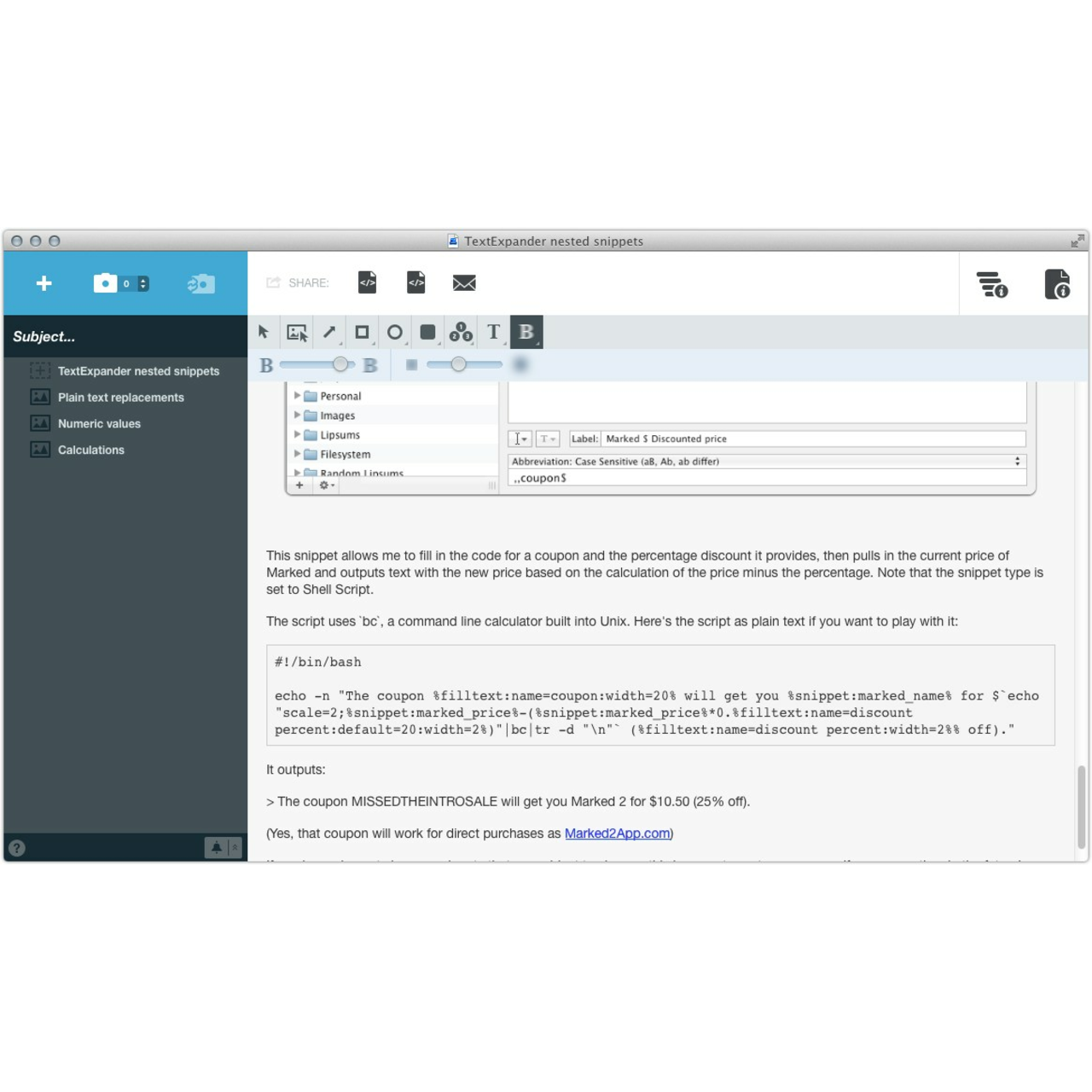

Outbound winds (red colors) on one radar might be inbound winds (green colors) at an adjacent radar. The radial velocity colors only have proper meaning if you know how it is blowing relative to the location of the radar. Therefore, the reported value will be for increasing heights above the earth's surface.Īlso, know WHERE the radar is located in the image. Remember, the radar beam elevation increases with increasing distance from the radar. But with precipitation, Base velocity is useful for determining areas of strong wind from downbursts or detecting the speed of cold fronts. In this comparison (right) (above) between the Base velocity and Base reflectivity, you will notice there is hardly any velocity information outside of the areas of precipitation. The NWS provides two velocity images: Base velocity and Storm Relative Motion.

The brighter the reds and greens the greater the radial velocity and a more representation of the true wind speed. In these velocity graphics, red colors indicate wind moving away from the radar with green colors indication wind moving toward the radar. The Doppler radar calculates a velocity base on the length of these vectors and creates a color-coded graphics for display. These observed radial motions are vectors, meaning that the length of the arrows indicates the speed of the wind the longer the arrow, the faster the speed. The greatest radial velocity is at position 6 where the wind is blowing directly at the radar. Positions 5, 6, and 7, in the green shading, are like 1, 2, and 3 in the red shading except the wind is moving toward the radar. This is just the area of zero radial velocity. However, the wind IS NOT calm at these points as it is still blowing from the south. Since there is no motion toward (or away) from the radar, it "sees" zero motion. Then, as the radar sweeps to position 3 the radial velocity begins to decrease.Īt position 4 (and 8) the wind is blowing perpendicular to the radar beam. At position 2, the radial velocity is the same as the overall wind speed. As the radar sweeps from position 1 to position 2, the beam becomes more and more in line with the overall wind flow.Īs it does, the radar "sees" an increase in the radial velocity away from the radar. North of the radar ( red shading) the wind is moving away from the radar. In the graphic at right, above, the wind is moving from south to north (indicated by the black arrows). Blue arrow lengths represent the speed the radar "sees" along that direction. Black arrows represents the wind direction and the length represents the wind speed. Yellow is the direction the radar is pointing.

Various radial velocities associated with a south wind.


 0 kommentar(er)
0 kommentar(er)
